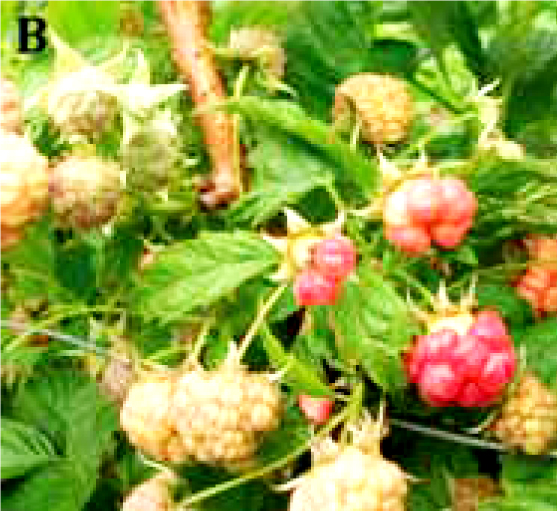Distribution and frequency of tomato ringspot virus (ToRSV) in different varieties of Rubus idaeus in the Maule Region, Chile
Keywords:
ToRSV, Rubus idaeus, disease, spread, incidence, Maule, ChileAbstract
The raspberry (Rubus idaeus) is one of the most important fruit for production in the Maule Region, Chile. Raspberries are affected by the tomato ringspot virus (ToRSV), which causes decreased yield and deformed fruit. The objective of this work is to study ToRSV spread in different raspberry varieties in the Maule Region, Chile. The virus was detected using the ELISA test and RT-PCR in the Heritage, Meeker, Chilliwack, Amity and Coho varieties. Bayesian analysis determined the relationship between the percentage of ToRSV incidence in the cultivated varieties and the locations in the different provinces of the Maule Region. It was observed that the Linares province showed the highest levels of the virus in the different varieties: Amity (70%), Meeker (39%) and Heritage (26%), compared to other provinces in the region. These results suggest a high spread of ToRSV through the Maule Region. Nei distance analysis suggests that 14 of the virus isolates coming from the Talca and Linares Provinces would show differences with the ToRSV accessions deposited in the global gene bank (NCBI).
Downloads

Downloads
Published
How to Cite
Issue
Section
License
Aquellos autores/as que tengan publicaciones con esta revista, aceptan las Políticas Editoriales.










.jpg)




